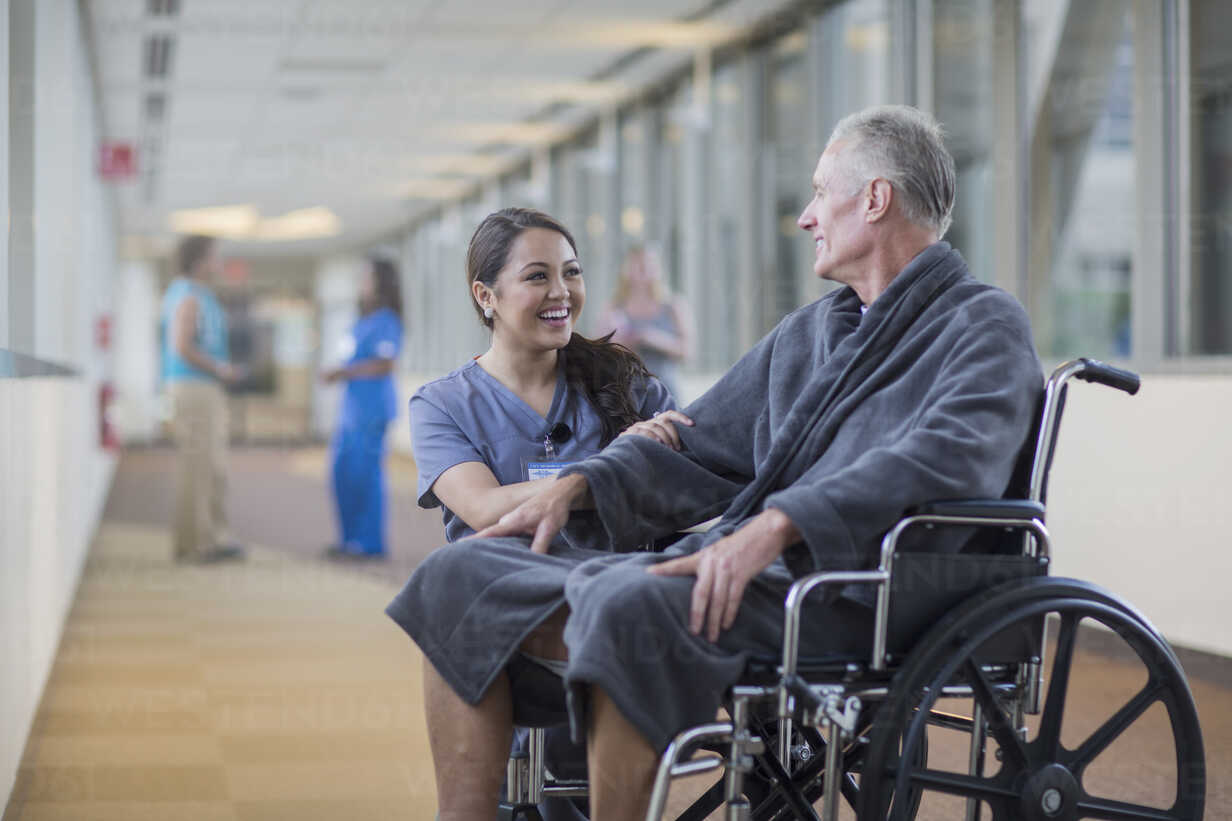Feb 1
2024
The Role of Assistive Technology in Cerebral Palsy Care

Cerebral palsy care is crucial in ensuring individuals have the support they require. This care does come with challenges and difficulties, however, seeking cerebral palsy compensation is vital, as this will help people to explore the different advancements that come with using assistive technology.
In this article, we are going to look at assistive technology and the role it plays in delivering this care.
Empowering Technological Solutions in Cerebral Palsy Care
Cerebral palsy care is transforming and that is down to assistive technology, and that makes this technology pivotal. These innovative solutions offer individuals avenues to enrich their daily lives, fostering independence and confidence.
Specialised devices, applications, and adaptive tools continually evolve to meet the distinct needs of those with cerebral palsy, providing tailored solutions that significantly contribute to their well-being and autonomy.
The outlook for cerebral palsy care is changing, but this technology is empowering individuals. With these tools seamlessly integrated into their daily routines, it creates a positive impact on their overall quality of life.
Enhancing Mobility
Assistive technology plays a pivotal role in enhancing mobility for individuals facing challenges in this domain. Cutting-edge wheelchairs equipped with intuitive control systems, alongside exoskeletons designed to aid ambulation, empower individuals to transcend physical limitations.
These technological solutions not only facilitate greater freedom in navigating their surroundings but also contribute to an improved quality of life. The integration of innovative mobility devices aligns with the commitment to providing tailored support, allowing individuals to overcome obstacles and engage more actively in their daily activities, fostering a sense of autonomy and well-being.
Facilitating Communication
Communication can come with challenges, especially when we consider cerebral palsy. However, assistive technology is driving change and bringing hope to those who live with the condition.
Augmentative and alternative communication (AAC) devices, along with eye-tracking communication systems and speech-generating devices, play a pivotal role in empowering individuals to express themselves. These innovative solutions contribute to fostering meaningful connections and actively work towards reducing communication barriers.
By providing tailored communication support, assistive technology is massively transformative, enabling individuals to engage more freely with their surroundings and connect with others on a deeper level.
Supporting Education
The integration of assistive technology extends its impact to the educational sphere for individuals with cerebral palsy. Custom software applications and adaptive learning tools create a more inclusive and accessible learning environment, ensuring equal opportunities for exploration and growth.
Empowering Independence
Assistive technology goes beyond being a set of aids; it elevates the potential for independence and autonomy. Recent advancements in this field aim to empower individuals with cerebral palsy to unleash their capabilities, fostering a profound sense of self-reliance beyond the traditional boundaries imposed by physical constraints.
By offering tailored solutions that cater to unique needs, assistive technology becomes a catalyst for individuals to navigate their daily lives more independently, ultimately contributing to a more inclusive and empowering environment.
Customisation and Personalisation
A defining feature of modern assistive technology is its ability to be customised to individual needs. From personalised communication interfaces to tailored mobility solutions, technology adapts to the unique requirements of each person with cerebral palsy, ensuring seamless integration into their daily lives.
This focus on customisation not only enhances the efficacy of assistive devices but also fosters a sense of personalisation, empowering individuals to deal with the challenges they face with tools specifically designed to address their distinct needs.
This shift towards personalised solutions contributes to a more inclusive and supportive environment, where assistive technology becomes an integral part of each individual’s journey towards increased independence and improved quality of life.
Cerebral Palsy Compensation and Assistive Technology
If we look at this from a legal angle, cerebral palsy compensation does have a link with the integration of assistive technology. Compensation addresses the challenges and needs arising from cerebral palsy, providing resources to access advanced and tailored technological solutions that significantly enhance daily life.
Looking ahead at the role of assistive technology
It is becoming clear that assistive technology and cerebral palsy care can go hand in hand, and they are. The outlook is changing rapidly and that is a massive positive for those with the condition.
What makes it so useful is that it helps to deal with challenges, however, it can assist in creating a better future. All of this means that individuals with cerebral palsy can do more and hope for more as technology advances further.
That said, the synergy between cerebral palsy compensation and assistive technology symbolises a commitment to improving the lives of those with cerebral palsy. It is a fusion that goes beyond conventional boundaries, offering not just tools but empowerment.
As we explore this field of innovation and possibility, the promise of a more inclusive and enriched future for individuals with cerebral palsy becomes increasingly tangible.